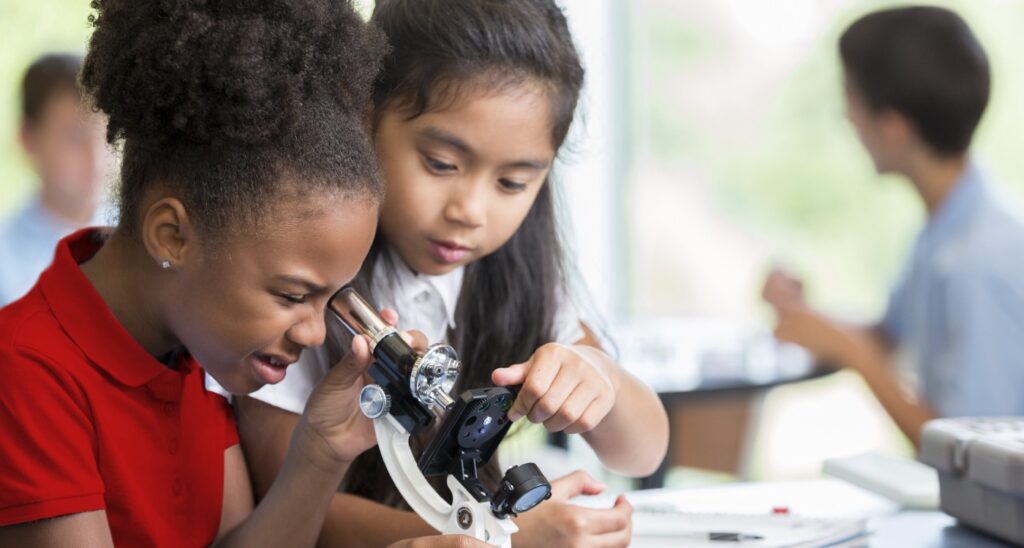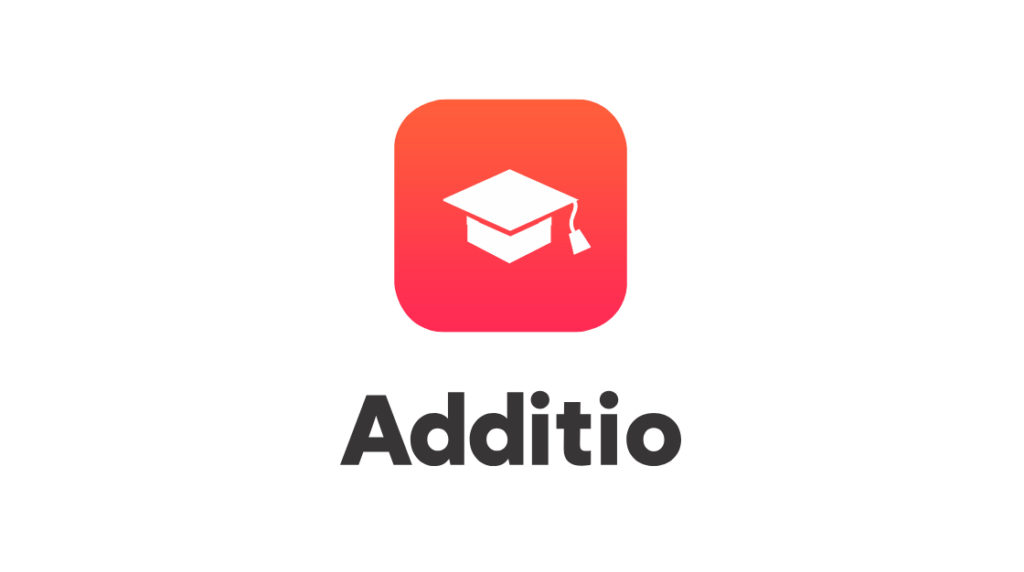Attention to student diversity is still considered one of the main challenges to be promoted in the current educational system.
A school culture in which people embrace diversity in the classroom can have a positive impact on the entire school community. When this happens, a school creates a safe, supportive, and helpful environment for students, families, and staff that, in turn, allows students to grow academically and socially.
In an increasingly fragmented society, the ability to connect with friends, co-workers, between family, neighbors… with diverse backgrounds and abilities is a significant differential. Diversity improves skills and competencies such as critical thinking, builds empathy, and encourages students to think differently. If you want to develop ways to boost diversity in the classroom, then this post is for you.
Diversity is everything that makes people different from each other. This includes many different factors: race, ethnicity, gender, sexual orientation, socioeconomic status, ability, age, religious beliefs, or political convictions to name a few of the most prominent. The combination of these and other factors makes each of us unique.

Diversity in the classroom better develops critical thinking
When students or anyone talks to someone who is different, we are more likely to think and come to see different points and nuances that we did not see about a topic.
There are multiple scientific research studies that show that socially diverse groups (that is, those with diversity of race, ethnicity, gender…) are more innovative than homogeneous groups. Students are not an exception to this rule, we can extrapolate this case in the classroom, for example, when creating the work groups of a project.
Challenging students to consider different perspectives can also teach them how to interact with their peers on a social level and equip them with skills that they will use for the rest of their lives, this point is closely tied to the mindset of many teachers who prepare students to be better people for tomorrow and prepare them for an uncertain future that we do not know.
Help students feel represented and included.
When schools adopt inclusive and responsive approaches to diversity, students are more likely to see their identity represented in classroom materials or in other students. When diversity is not a priority and these students do not feel included, they are more likely to stay out of it, be more reserved, and feel inferior to their peers.
Ways to foster a culture of diversity in your school
At this point we are clear about the academic and social benefits. But what does attention to diversity in the classroom look like in action? How can we promote it at school? Well, there are many different ways!
Re-evaluate the teaching materials
Review your teaching resources with a critical eye and look for ways to increase diversity. It may be that your content or knowledge has only one focus and is not taking into consideration all the voices, especially in subjects such as social sciences and humanities, they tend to have points of view or white, male, western narratives, so many students will feel unrepresented.
It is good practice to share or explain the materials to other fellow teachers to share if they see that everyone is represented.
Are you sharing a wide range of books and materials that reflect different voices, backgrounds, experiences, and ethnicities? If you are using repurposed activities, do they use clip art and materials that are inclusive? Review your materials and adjust them as needed to fairly represent your students.
There are cases in which it is difficult to change the existing curriculum, one option is to take the opportunity to ask students why different perspectives are not included and challenge them to apply critical thinking skills.
Set class rules clearly
Be explicit about how the students in your class respect each other, share ideas, opinions, and values. Teach students how to disagree and converse respectfully. Use restorative practices and promote self-awareness, self-management, relationship skills, and responsible decision-making. Challenge negative stereotypes immediately and openly. Co-create class rules with your students to give them ownership of their community and build critical thinking. It’s good to be flexible and willing to modify and refine the rules if necessary.
Know your students
Each student in your community is unique and different, as a teacher you have to take advantage of this fact to build a culture of rich and diverse inclusiveness.
We know perfectly well how complex it can be as a teacher, with all the tasks to be carried out, being able to dedicate time to learning more about your students (where they come from, their habits and family culture, what academic performance they are obtaining, if they are religious or atheists, etc.) The more information I have, the more tools I will have to adapt and enrich the contents and make my students feel as if they were their own.
Some productive options can be to take advantage of the talks in the corridors, send a quiz (for example with Additio’s quizzes), participate in school or after-school events and show students that they can come and talk to you whenever they want. Sometimes small conversations give you extra information that you can take advantage of in your explanations or activities.
When a teacher knows their students and understands their strengths and weaknesses, they are better equipped to help build a safe and secure learning environment where everyone can thrive.
Sharing a rubric with your students to perform a self-assessment is a good way for them to show you where they consider they have strengths and where their weaknesses.

Don’t be afraid to address inequality.
An essential element is creating a safe space for students and educators to talk about how issues of discrimination impact them on a personal level, in the classroom, and throughout the school.
The more diversity is talked about at school, in faculty meetings, tutorials…the easier it will be for all teachers to talk about and address diversity issues. A single teacher can become the leader who inspires others and changes the culture of the entire community.
We recommend using language that promotes positivity and does not reinforce existing stereotypes. Responding immediately and effectively to inappropriate comments or actions helps to draw a line so that students are not dragged down by others who are not good role models.
Engage and connect with families
Schools are a central part of the community and must be aware of all the actions that are being carried out to promote diversity. Make visible with a communication platform with parents the actions and efforts that are being carried out. This will make them understand your goals, resolve concerns and feel the benefits in building better people for tomorrow that this culture promotes.
Within the portfolio of projects carried out with students, promote the organization of projects that are linked to your community and promote social values.
A fairly common theme for projects is to link them to the food bank campaign, based on the theme projects can be designed with multiple perspectives. Within project groups, encourage students to take on different roles that fit their strengths. Some students can act as note takers, while others can facilitate the conversation. Different roles put them in different points of view and open their minds from a different perspective.
Introduce adaptive technologies.
Adaptive technologies make learning accessible to all students. This can include anything from speech-to-text software, dyslexia tools, talking calculators for students with dyscalculia, or modified computer accessories for students with physical disabilities.
Encourage teachers to use different types of instruction and teaching strategies. Techniques such as project-based learning, differentiated instruction, and blended learning allow teachers to help students with different needs.
Organize a cultural fair
Plan a cultural fair where students can share traditional clothing, cultural food, customs or traditions. This is a wonderful opportunity to learn about the differences in cultures to better appreciate other cultures.
Explore and diversify the library
Does our school library include books that showcase different cultures and backgrounds? Look for formulas and ways to create a more diverse collection of books.
Celebrate the diversity of names
You will likely have students with names that originate from other languages that may be difficult to pronounce or sound atypical to other students. Encourage everyone to practice until they pronounce all the names correctly, always in a positive and fun way, especially in the infant stages.
Diversify music and its authors
Play background music while students work or during transitions. Create a playlist that showcases music from around the world. Find bilingual children’s songs that can combine international flavor in one song.
Create a group collage
Develop an activity with the goal of having students share who they are in a collage they create in a place visible to the group. Students can present their collage and explain why they selected the items they chose, or you can display them on the wall for all to enjoy.
Create experiences like international cuisine
Cook recipes from different cultures as an engaging tactile experience where students learn about the different ingredients and cooking methods used around the world. Share dishes from around the world in class and encourage sharing recipes at home for students to prepare with their families.

Hire differently
In the case of educational leaders or centers that have independence in hiring staff, hiring teachers with different profiles and traits will have a direct impact on the diversity of your school community.
Support professional development opportunities
Teachers will surely shoulder the lion’s share of the daily efforts to promote diversity in the classroom. Offer training or professional development workshops that illustrate structural inequalities are present in the classroom dynamics so that teachers have the skills, resources and tools to face challenges and opportunities.
Some resources and organizations that can help you get started:
-EdJustice National Education Association: Here you will find inspiring stories and resources from activists for educational justice.
-Teaching Tolerance is an organization that helps “teachers and schools educate children and youth to be active participants in a diverse democracy.”
Final reflection
Your school is already filled with students and staff with diverse and amazing backgrounds, abilities, and skills! All we have to do is start highlighting that diversity.
Change doesn’t happen overnight, but the most important step is getting started.



